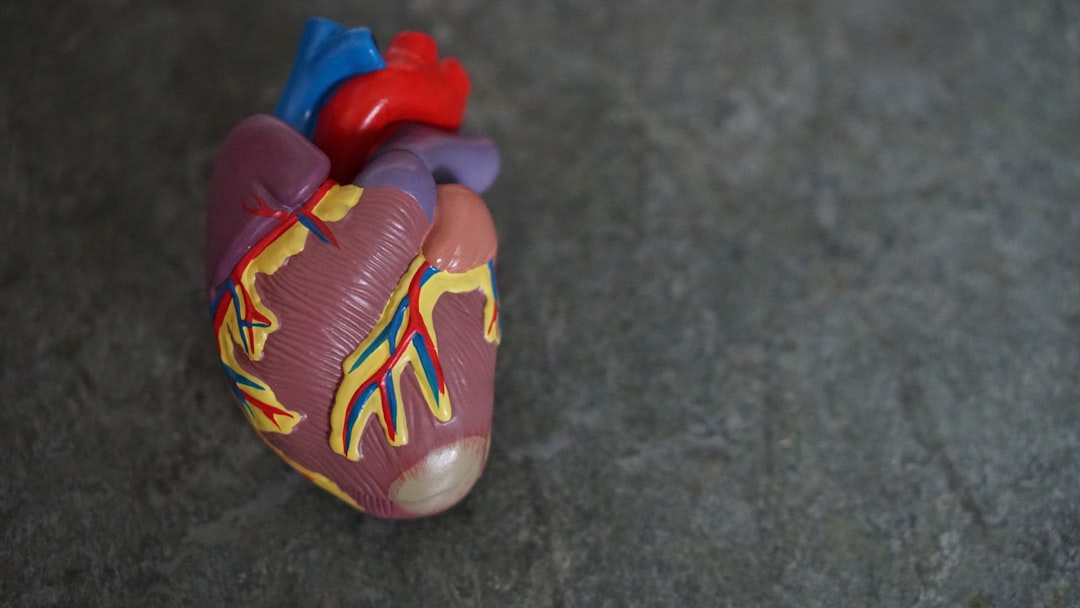What is it about?
Cell proteins are typically thought to be controlled by interactions with other proteins, ions or small molecules. This article reviews how proteins on the cell surface are actually controlled by an important subset of the very lipid molecules which comprise the plasma membrane itself. Direct interaction of these lipids (phosphoinositides) with membrane proteins helps to control the activity of these critical proteins. Special attention is given to the family of proteins known as ion channels which are the best studied examples of this type of regulation and are the proteins which give rise to cell excitability and control not only the action potentials found in neurons and cardiac tissue but also control skeletal and smooth muscle contraction, epithelial transport of nutrients and ions, T-cell activation and endocrine cell hormone release.
Featured Image
Why is it important?
Explains an emerging mode of regulation of cell surface protein activity via direct protein-lipid interactions
Read the Original
This page is a summary of: Phosphoinositide Control of Membrane Protein Function: A Frontier Led by Studies on Ion Channels, Annual Review of Physiology, February 2015, Annual Reviews,
DOI: 10.1146/annurev-physiol-021113-170358.
You can read the full text:
Contributors
The following have contributed to this page










